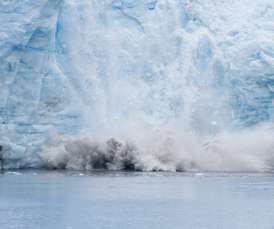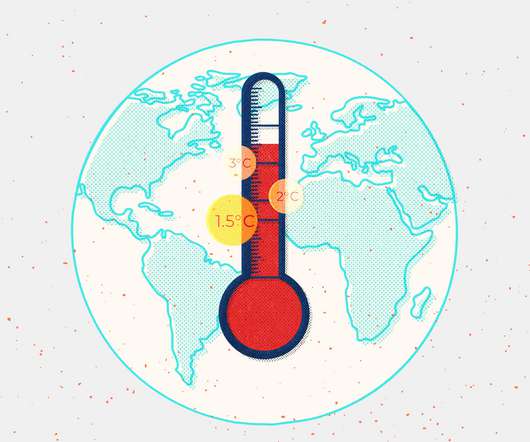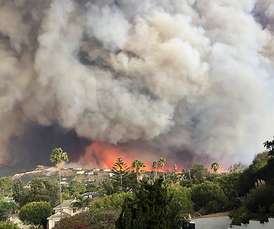IPCC report: The 10 key conclusions
Business Green
AUGUST 9, 2021
The IPCC tends to present its latest dossier of evidence roughly every seven to eight years. The optimal target set out in the Paris Agreement and agreed to by almost 200 countries around the world is to limit average temperature rises to 1.5C At present, the climate is around 1.1C And today the IPCC concluded the 1.5C















Let's personalize your content